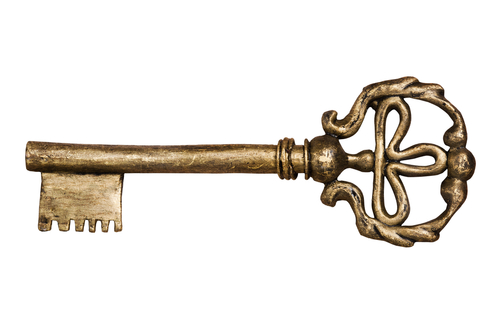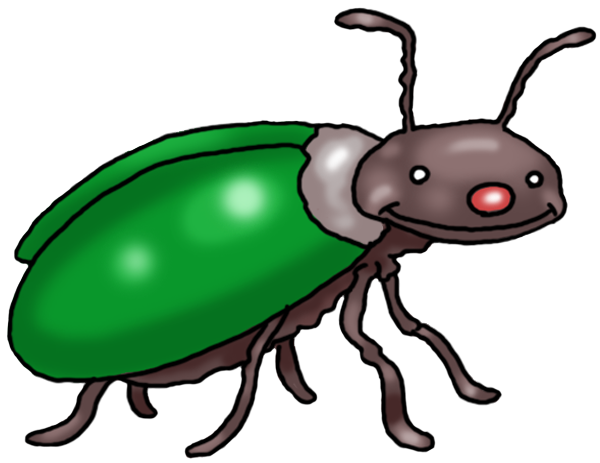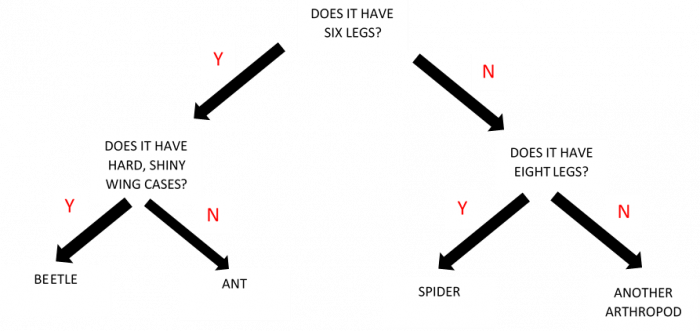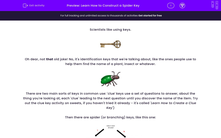Scientists like using keys.

Oh dear, not that old joke! No, it's identification keys that we're talking about, like the ones people use to help them find the name of a plant, insect or whatever.

There are two main sorts of keys in common use: 'clue' keys use a set of questions to answer, about the thing you're looking at, each 'clue' leading to the next question until you discover the name of the item. Try out the clue key activity on sweets, if you haven't tried it already - it's called 'Learn How to Create a Clue Key')
Then there are spider (or branching) keys, like this one:

As you can see, if you imagine that you had a beetle in front of you (and you didn't know what it was!) you'd follow it through:
- Does it have six legs (YES)
- Does it have hard, shiny wing cases (YES)
- it's a BEETLE.

Easy! Well, maybe not. So, the best way to find out how to use a spider key is to construct one, and that's what we're going to do in this activity!
Follow each question through and you'll see the key building steadily into something that makes sense. Then, you'll have the confidence to tackle other keys yourself - once you get the hang of it, they're actually quite straightforward. However, it's worth saying that when we make a key, we're focusing on the characteristics, or features, of the things in question, something that will become clearer as we crack on, OK?
Anyway, have fun building a spider key, and good luck!








